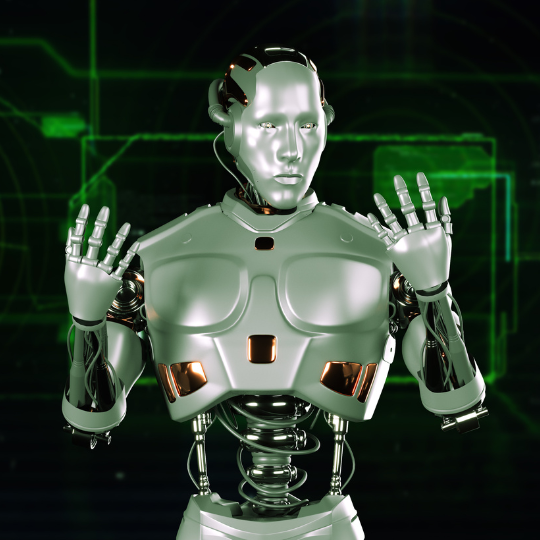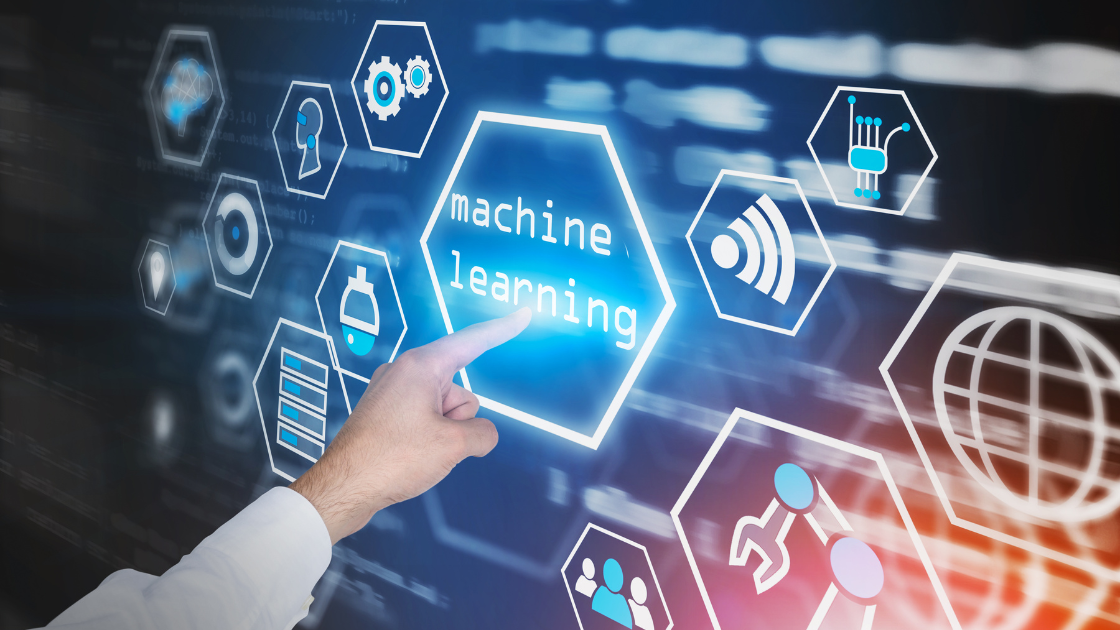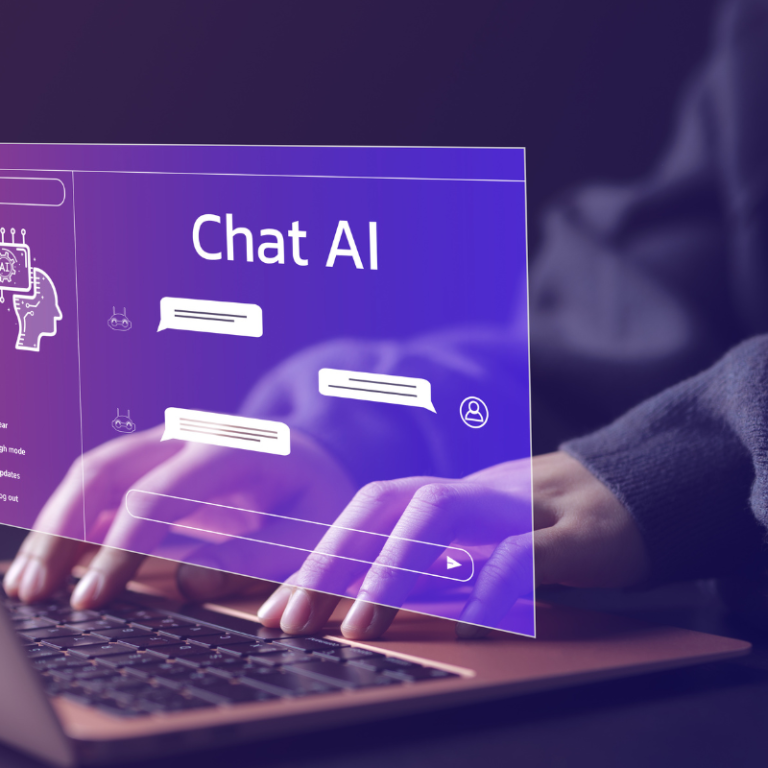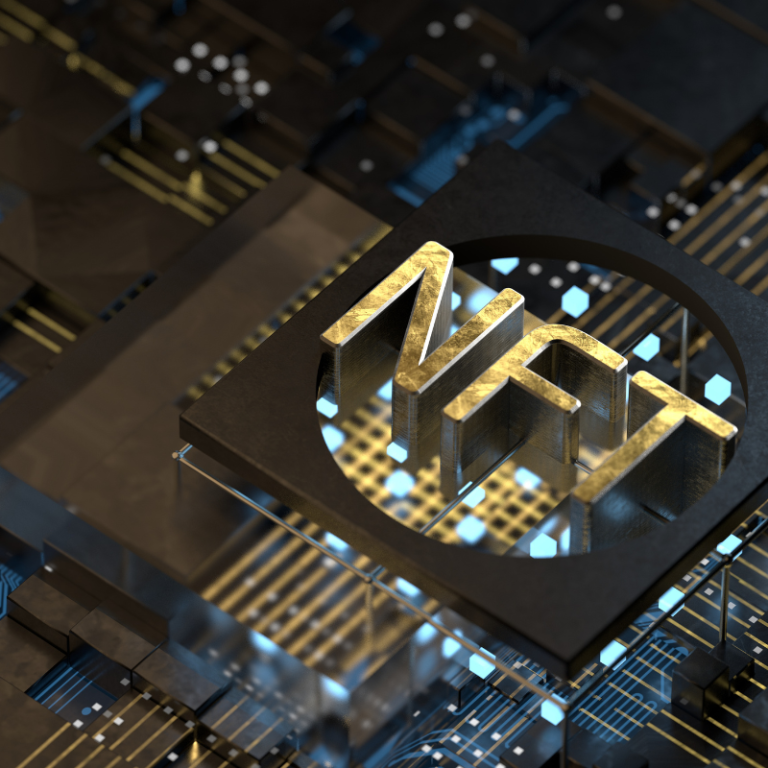Information Technology is the base of all creative ideas. The advanced technologies of AI and machine learning are getting better with each passing year, and this implemented technology is infused and stored in our daily life so much that it is firmly a part of one’s life.
Artificial intelligence is the development of computer systems that perform tasks of human minds, involving speech recognition, decision-making, and visual perception. On the other hand, machine learning refers to the development of techniques in the field of artificial intelligence that comprises making computers capable of “learning.”
In this blog, we are also going to recognize the developments of AI and ML fields and try to analyze the significance of these developments in the tech and business world.
Brief History
We can clearly see the technological development is spiralling out only when we start imagining the obsolescence of old technologies at a blinding speed. In the 1990s mobile phones were large and heavy objects with oversize small green screens. Imagine just two years before and computers relied on punch cards as their primary method of storage.
The progress of computers from just a few years ago to now is awesome and jaw-dropping, making the technology a necessity that everyone uses in daily life. Today, it is easy to miss the fact that digital computers were invented 80 years ago.
Since the beginning, there has been a strong desire in computer science to fabricate machines similar to humans in intelligence. This desire has been a source of motivation for AI research from the beginning.
Probably the first AI system example is Claude Shannon’s Theseus that was developed in 1950. Theseus was a remote-controlled mouse that can run through a maze and memorize the traversed path, often demonstrating the machine learning developments.
In those seventy years, the AI development was terrific from simple maze canope systems to complex algorithms able to drive cars, diagnose diseases, and change industries like IT. The initial use of AI was the basis of the smart automated systems we experience today in the IT sector.

Real World Applications of AI and Machine Learning
Artificial Intelligence and Machine Learning have become part of the core of the IT industry and drive innovations that help optimize processes and make decisions. These technologies are applied to most varied domains in smoothing operations, improving security, and making sense of huge volumes of data. AI and ML let IT systems become more autonomous, effective, and responsive, ensuring that organizations are at par with the fast-changing technological landscape.
AI/ML in Business Innovation
AI and machine learning turn nearly everything inside the IT system today and give impetus to innovation in single businesses. Many organizations across industry types are harnessing the opportunities that these technologies create for the development of new products, improved services, and innovation of business models—defining the scope through which AI is expanding in IT transformation.
Product Development
They deliver solutions to customers’ needs through the application of AI and ML. It explains AI software for predictive maintenance, anomaly detection, and network optimization in IT. With this, the cloud service providers currently develop AI tools meant for automated resource allocation, real-time security detection, and performance improvement.
Virtual assistants and AI chatbots are essential in IT products. They can provide immediate support and facilitate personalized interaction. This enhances user experience, smoothening operations and allowing IT to focus on complex tasks while AI handles basic inquiries.
New Product Development
They apply AI and machine learning in the process of creating new products to meet customer needs. In this regard, within IT, there lies AI software based on predictive maintenance, anomaly detection, and network optimization. For example, cloud providers are building AI tools that can automatically allocate resources, real-time security threat detection, and performance enhancement.
Virtual assistants and AI chatbots are essential in IT products. They can provide immediate support and facilitate personalized interaction. This enhances user experience, smoothening operations and allowing IT to focus on complex tasks while AI handles basic inquiries.
Service Enhancement
AI allows businesses to provide services effectively and accurately. Complex infrastructures are managed with less manual effort through the automation of responses, optimization of resources, and prediction of system failures, ensuring smoother and more reliable service delivery.
Enterprises have currently implemented AI to analyze patterns of cyber threats in enhancing cybersecurity; proactive solutions come in, mitigating risks and adding competitive value. It will further drive new business models, especially AI-as-a-Service platforms that will enable companies to make use of AI with no expertise in-house.
AWS, Google Cloud, and Microsoft Azure provide quite a number of models for businesses to derive insights or automate tasks in order to improve customer experiences.
Subscription-based AI solutions are now gradually enabling businesses to introduce AI tools and services for a fee. Such models generate steady, slow revenue, allowing companies to keep refining the AI offerings based on customer feedback.
AI and ML reshape client experience. IT companies often propose personalized experience, facilitated by AI. It enables personalization of recommendation engines, targeted marketing, and even developing IT solutions to increase engagement and satisfaction among customers.
Big Needs of AI & Machine Learning
- Good Quality Data: The models in machine learning work well with good, varied, and big datasets. The model learns important patterns from good quality and a mix of data, which helps it reliably deliver results in divergent areas.
- Robust Algorithms: Effective machine learning depends on good algorithms in fulfilling different types of data input and tasks. These algorithms have to balance between complexity and efficiency in relation to providing feasible, accurate results.
- Computational Power: Challenging models require extensive computational resources to be trained, and large datasets require processing. Only high-performance computing, powered by GPUs and cloud platforms, will accelerate operations and guarantee scalability in machine learning.
- Feature Engineering: The process of selecting and transforming raw data into meaningful features that improve model performance. Good features will result in more predictions of high quality.
- Transparency and Interpretability: The decisions made by the Machine Learning Models should be lucid. Feature importance analysis, visualization, etc. give people a look and feel for the model’s predictions, thus giving them trust in critical industries.
- Scalability and Efficiency: Machine-learning systems have to grow effectively in use to deal with ever more data and computing needs. Scalable algorithms and distributed computing systems help to use resources well and keep performance steady.
- Continuous Learning: Models have to evolve with new data and in a dynamically changing environment. Online learning or reinforcement learning thus allows the model to maintain accuracy and relevance even when circumstances change.
Future Outlook
AI and machine learning in IT are on a tremendous growth path. More automation, improved cybersecurity, better data-driven decision-making are expected. AI-based infrastructure management, autonomous networks, predictive analytics are going to rise and reduce human input, boosting efficiency.
The ethical considerations and governance of AI will describe future developments. Businesses embracing AI will be at a competitive advantage, whereas the IT industry will rapidly innovate, transforming the digital landscape.







